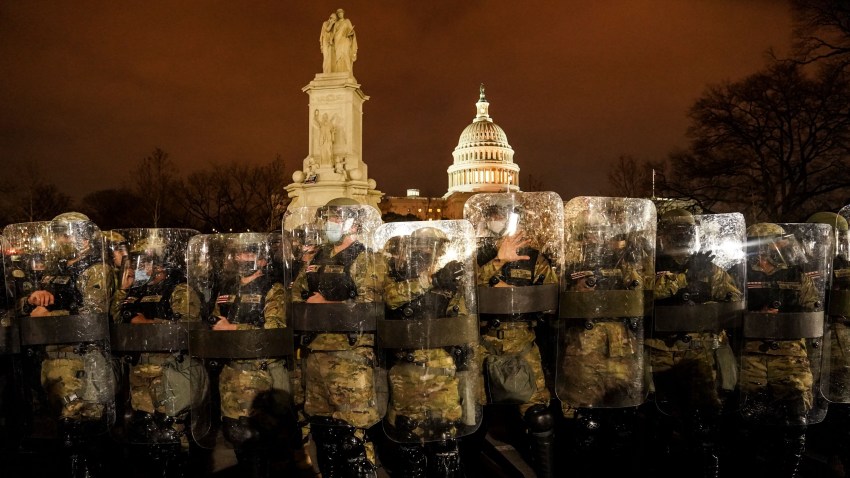In June 2022, the U.S. Department of Homeland Security issued a bulletin that warned of a “heightened threat environment” ahead of the midterm congressional elections. In the months since then, terrorism analysts have continued to express concern that the country could suffer a spasm of political violence tied to the elections on Nov. 8.
They pointed to the online ecosystem of the far right, which has been filled with renewed calls for “civil war” and the taking up of arms to protect what is already being billed as a “rigged” election, even before the votes have been cast. Last week’s attack on Paul Pelosi, the husband of House Speaker Nancy Pelosi, in what police suggest was a kidnapping and assassination attempt against the high-profile Democratic leader only underscored these concerns.
Political violence in the United States manifests itself in many different ways—assassinations of political leaders, intimidation, threats of civil war—and it can be fueled by foreign interference that aims to incite greater polarization and chaos. From lone wolves to networks and organizations, myriad scenarios concern law enforcement and local authorities tasked with protecting the polls tomorrow.

